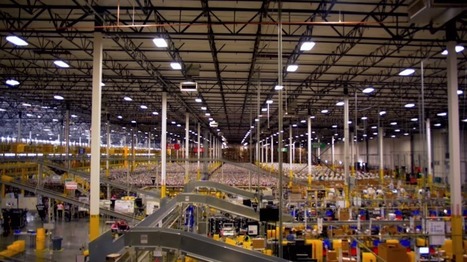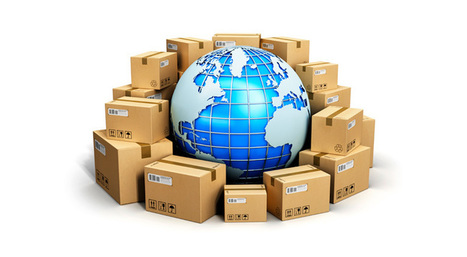As of the first quarter 2016, the total amount of retail spending online (ecommerce) was $92.8 billion, which was only 7.8% of all retail sales. Ecommerce is in its infancy, which means that there are huge opportunities ahead, not just for the types of Amazon, but for small merchants and startups as well.
Worldwide retail sales, including in-store and internet purchases, surpassed $22 trillion in 2015, up 5.6% from 2014, according to a study by eMarketer. They say that retail ecommerce sales, those purchased over the internet, will make up 7.4% of the total retail market worldwide, or $1.671 trillion. By 2019, that share will jump to $3.578 trillion, yet retail ecommerce will still only account for 12.8% of all retail purchases.
Even though the internet and technology is the source of major disruption for retailers, brick and mortar is alive and well for the foreseeable future.
The study says that retail ecommerce sales are accelerating faster than previously anticipated and will jump 25.1% year on year in 2015. "Online sales growth will outpace brick-and-mortar sales growth by a more than 3-to-1 margin over our forecast period," the report predicts....
Research and publish the best content.
Get Started for FREE
Sign up with Facebook Sign up with X
I don't have a Facebook or a X account
Already have an account: Login
Social marketing, PR insight & thought leadership - from The PR Coach
Curated by
Jeff Domansky
 Your new post is loading... Your new post is loading...
 Your new post is loading... Your new post is loading...

Doug Hall's curator insight,
June 29, 2016 2:04 PM
Monetate research report highlights e-commerce buying practices and trends. Marketers take note.
|
|













Want some impressive numbers for the size of e-commerce in the future? How does $1.671 trillion strike you for today's e-commerce sales? How about $3.570 trillion by 2019?